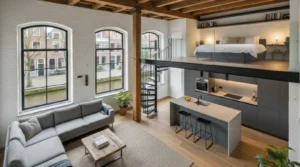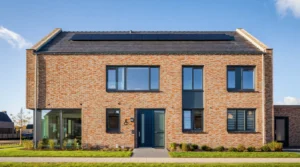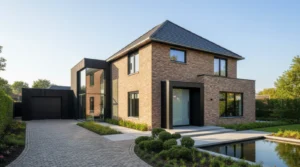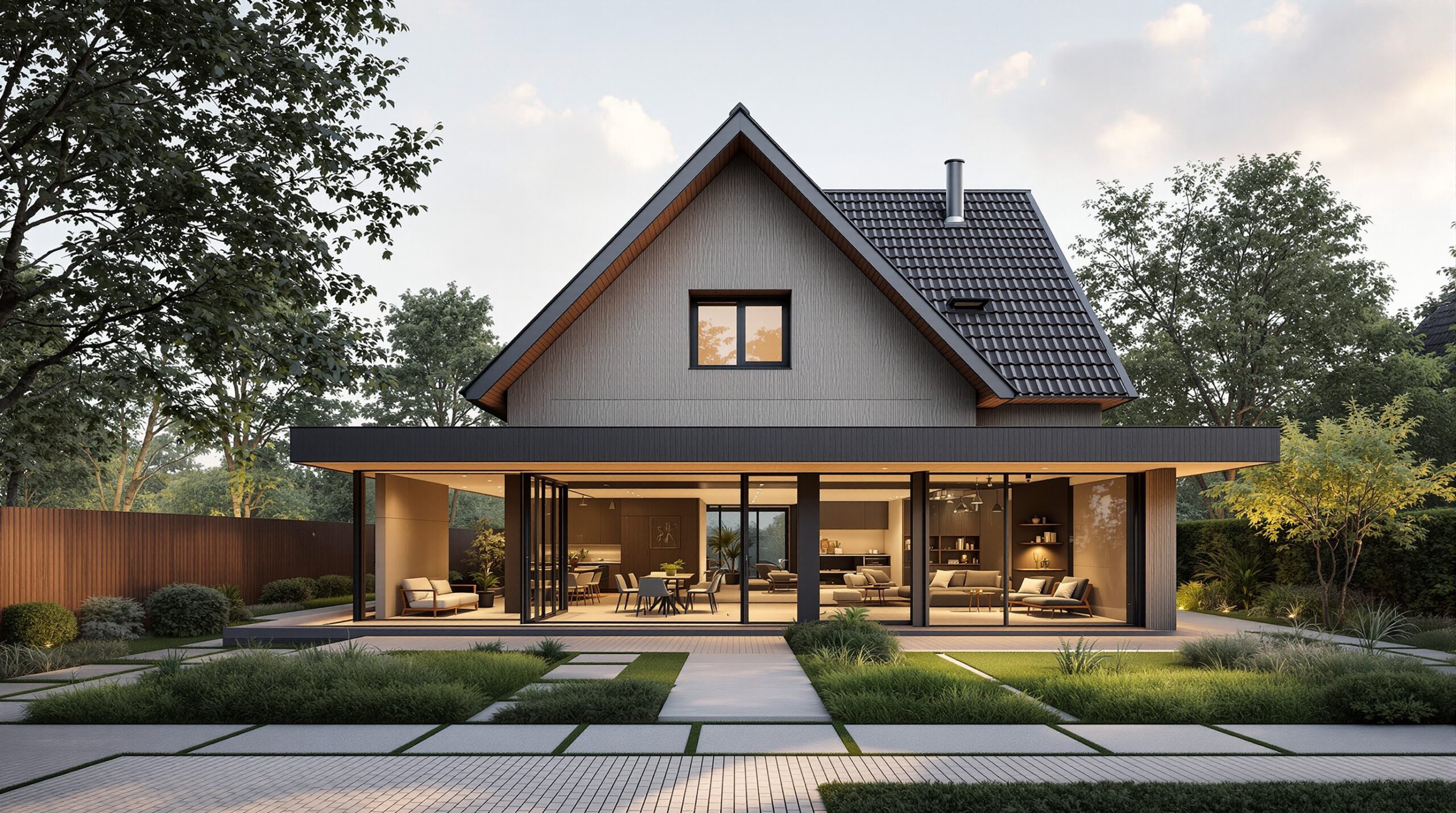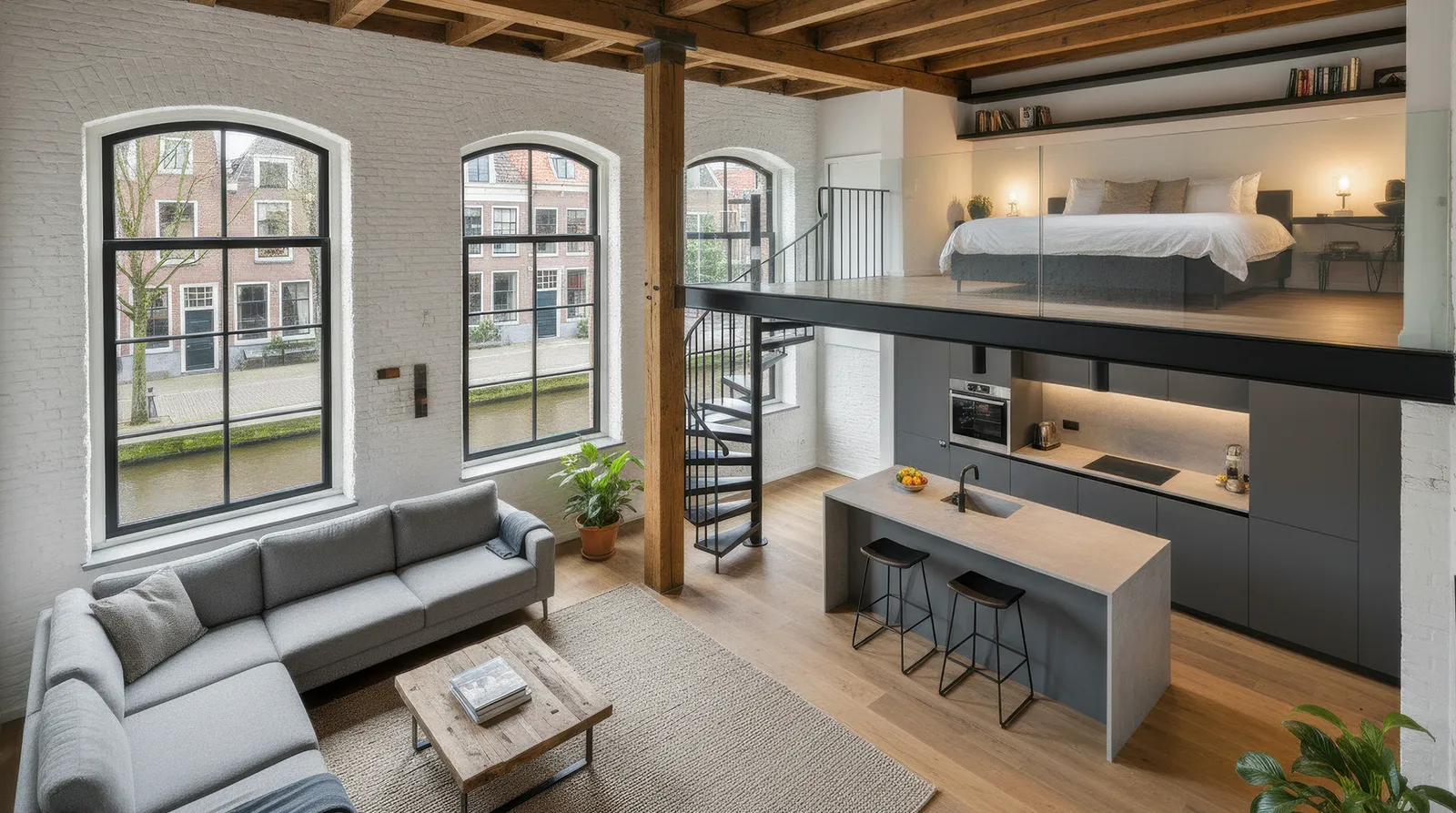Historic Home Restorations: Preserving Dutch Architectural Heritage
Historic home restorations in the Netherlands are an essential part of preserving the country’s rich architectural heritage. The Netherlands is renowned for its unique and diverse architectural styles, reflecting its history, culture, and geographical location. From medieval castles to modernist buildings, each structure has its own story to tell and contributes to the country’s cultural identity. Restoring these historic properties requires careful consideration, expertise, and a deep understanding of traditional building techniques and materials.
Basic Concepts
Before embarking on a historic home restoration project, it is crucial to understand the key concepts and terms involved. Historic preservation refers to the process of protecting and conserving historic buildings, districts, and landscapes for future generations. Restoration, on the other hand, involves returning a building to its original state, while renovation refers to the process of modernizing or upgrading a building while maintaining its historic character. In the Netherlands, historic home restorations must comply with strict regulations and guidelines to ensure that the cultural and historical significance of the property is preserved.
In the context of historic home restorations in the Netherlands, several key terms are essential to understand, including:
- Dutch architectural heritage: refers to the country’s rich cultural and architectural history, including its buildings, monuments, and landscapes.
- Heritage building renovation: involves the restoration and modernization of historic buildings while maintaining their cultural and historical significance.
- Traditional Dutch home repair: refers to the use of traditional building techniques and materials to repair and restore historic properties.
Historic Home Restoration Process
The historic home restoration process in the Netherlands typically involves several stages, including:
- Initial assessment: a thorough evaluation of the property’s condition, including its structure, materials, and historical significance.
- Research and planning: gathering information about the property’s history, architectural style, and cultural context, and developing a restoration plan that meets the required regulations and guidelines.
- Design and implementation: creating a detailed design and implementation plan, including the selection of materials, techniques, and contractors.
- Execution and monitoring: carrying out the restoration work, monitoring progress, and ensuring that the project is completed to a high standard.
Throughout the restoration process, it is essential to work with experienced professionals, including architects, engineers, and contractors, who have a deep understanding of traditional building techniques and materials.
Traditional Dutch Building Techniques and Materials
Traditional Dutch building techniques and materials play a crucial role in historic home restorations in the Netherlands. Some of the most common techniques and materials used include:
- Bricklaying: a traditional Dutch building technique that involves laying bricks in a specific pattern to create a sturdy and durable structure.
- Wooden beam construction: a traditional method of building that uses wooden beams to create a framework for the building.
- Clay roofing: a traditional roofing material that is highly durable and requires minimal maintenance.
These traditional techniques and materials not only ensure that the restored property retains its historical significance but also provide a unique and authentic aesthetic.
<h4″Trends in Historic Home Restorations in the Netherlands”>
In recent years, there have been several trends in historic home restorations in the Netherlands, including:
- Sustainability: there is a growing emphasis on incorporating sustainable materials and techniques into historic home restorations, such as energy-efficient windows and insulation.
- Modernization: many property owners are choosing to modernize their historic homes while maintaining their cultural and historical significance.
- Preservation of original features: there is a growing appreciation for preserving original features, such as wooden flooring and ornate plasterwork.
These trends reflect the evolving needs and priorities of property owners, while also ensuring that the cultural and historical significance of the property is preserved.
Practical Tips for Historic Home Restorations
When undertaking a historic home restoration project in the Netherlands, there are several practical tips to keep in mind, including:
- Work with experienced professionals: it is essential to work with architects, engineers, and contractors who have experience in historic home restorations.
- Research and planning: thorough research and planning are crucial to ensure that the restoration project meets the required regulations and guidelines.
- Use traditional materials and techniques: using traditional materials and techniques will help to ensure that the restored property retains its historical significance.
By following these tips, property owners can ensure that their historic home restoration project is completed to a high standard, while also preserving the cultural and historical significance of the property.
Conclusion
Historic home restorations in the Netherlands are an essential part of preserving the country’s rich architectural heritage. By understanding the key concepts and terms involved, following the historic home restoration process, and using traditional building techniques and materials, property owners can ensure that their restored property retains its cultural and historical significance. As the demand for historic home restorations continues to grow, it is essential to prioritize sustainability, modernization, and the preservation of original features, while also complying with the required regulations and guidelines. By doing so, we can ensure that the Netherlands’ unique and diverse architectural heritage is preserved for future generations.
Remember to prioritize the cultural and historical significance of your property, and work with experienced professionals to ensure that your historic home restoration project is completed to a high standard.
| Restoration Type | Description |
|---|---|
| Full restoration | Returning the building to its original state |
| Partial restoration | Restoring specific elements of the building, such as the facade or interior |
By considering these factors and working with experienced professionals, you can ensure that your historic home restoration project is a success, and that your property retains its cultural and historical significance for years to come.




